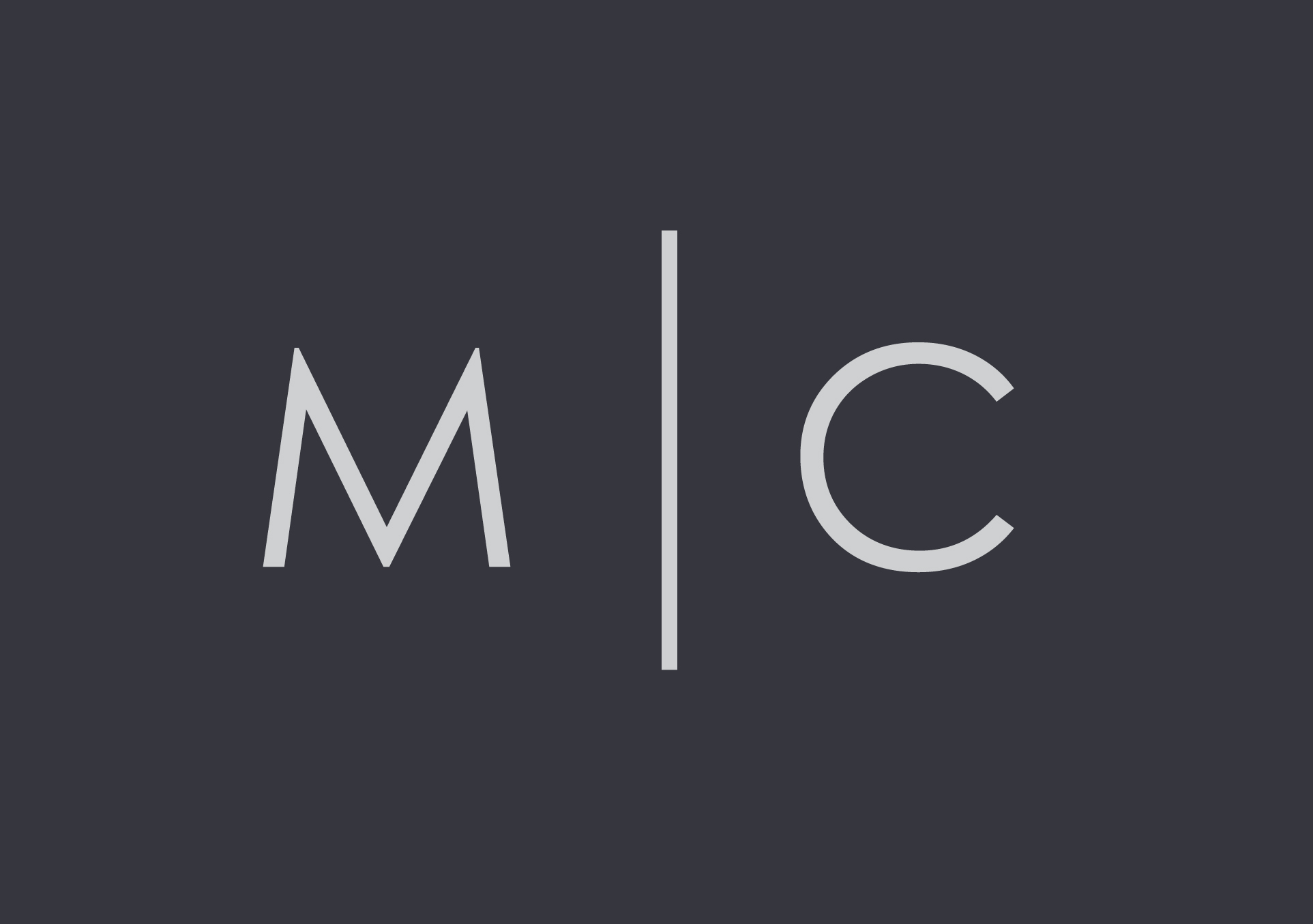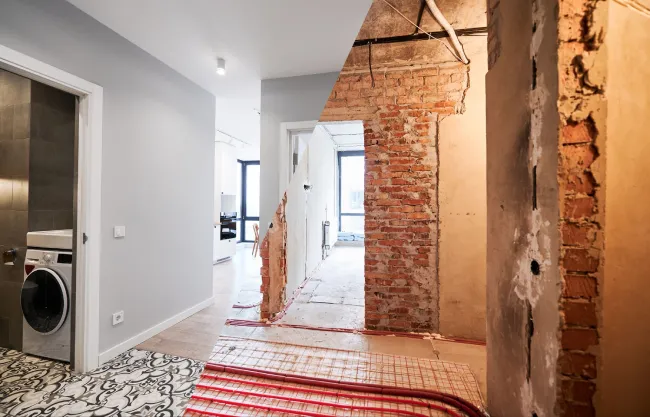In the current real estate market, there are incredible opportunities for investors to profit, including from long-term holds and fix-and-flip projects. Often, investors must act quickly to secure a lucrative opportunity.
A traditional mortgage often takes a month or more to close, and the deal could be snatched up by another investor before traditional financing is secured. Another financing solution with a faster closing timeline is needed. For fix-and-flip projects that the investor plans to sell in under a year, long term financing is unnecessary. Bridge financing is often used by real estate investors who need a fast closing and a short loan term. Bridge loan interest rates directly impact the return on your investment, and they require a closer look before you decide how to finance your upcoming purchase.
Understanding Bridge Loans
Investors should understand how a bridge loan works so that they can draw on its benefits in various situations. Bridge loans are appropriately named because they bridge the gap between buying the property and reaching a predetermined end point.
For a fix-and-flip investment, the end point is the sale of the property several months down the road after the renovations are completed. For a long-term investment that requires a fast closing, that end point is a take-out loan. This take-out loan is usually a traditional loan with a long loan term.
There are other options available to investors who need access to a lump sum of cash quickly. For example, an applicant could use home equity loans to draw cash from an existing property.
Another option for getting cash to pay for a new property is to sell your home or another investment. Both of these alternatives can put a lump sum of cash in your hands, but the closing timelines are often weeks or months away. This makes them ill-suited for some investment opportunities.
With bridge financing, the funds can be lined up and the loan can be closed within a matter of weeks in many cases. In addition, some bridge loans provide the applicant with additional funds necessary for renovations on the property. For applicants who want to preserve their capital, bridge loans have considerable benefits.
Why Bridge Loans Have High Interest Rates
Bridge financing usually has a term length up to a year, but there may be some slight deviations to this based on the unique circumstances of the loan request. As short-term loans that require an exit strategy to be executed within a relatively short period of time, bridge loans present a risk to the money lender.
In addition, for fix-and-flip properties, investors may discover significant issues with the property that they were not aware of after the work begins. Additional funds may be required to complete the renovation and execute the exit strategy. This directly impacts the borrower’s ability to take out the bridge loan by the end of the loan term.
For bridge loan lenders, their exposure to risk directly affects bridge financing rates. Compared to home equity loans and other forms of traditional financing, bridge loans generally have higher interest rates.
Bridge Loan Rates Today
Bridge loan rates are directly tied to market conditions. They fluctuate often as conditions change, as is true with the interest rates for other types of real estate loans. Macoy Capital maintains competitive loan interest rates for all loan programs, ensuring that applicants have reasonable loan terms available for various scenarios. The best way to learn about the current interest rate and loan terms available for your new bridge loan is to connect with a Macoy Capital finance representative today to discuss your specific loan request in detail.
Factors Influencing Bridge Loan Rates
Generally, bridge loan rates are higher than the interest rates for traditional financing for two reasons. One of these reasons is because bridge loans have a very short term length, which is often a year or less. This short term length directly increases the lender’s risk of loss when making the loan.
In addition to this key factor, market conditions come into play. As is true with other real estate loan products, bridge loans are tied to specific market indexes, and these indexes change daily. In some cases, the rates can change dramatically in a short period of time. Because of the possibility for an interest rate change, potential bridge loan applications are encouraged to move quickly once they decide that this is the right financing option for their situation.
There are a few additional factors that affect bridge loan rates today, and these are tied to the applicant’s qualifications. An applicant with higher credit scores generally has greater creditworthiness in the eyes of a lender. This applicant may qualify for a lower interest rate as a result.
The applicant’s debt-to-income ratio is also taken into account. The DTI indicates how over-extended an applicant may be. A higher DTI increases a greater risk of a default, and this is particularly true when the applicant also has access to less cash reserves.
Generally, bridge loan lenders have greater flexibility to consider compensating factors than traditional lenders do. For example, if an applicant has lower credit scores with substantial liquid assets, the bridge loan request may still be approved. These factors are reviewed individually.
Bridge Loan Payment Options
There are several types of bridge loan payment options, and specific options available for your loan request may vary. The first option is the traditional principal and interest payment that you may be familiar with through your traditional loan experiences.
Generally, this type of payment for a bridge loan comes with a balloon payment term. This means that the entire loan balance does not need to be repaid within a few months to a year.
Instead, a portion of the balance will be repaid over the next several months through principal payments. The remaining balance will be repaid when the loan is taken out. While this type of bridge loan payment has the highest payments, it also may have the lowest payoff amount at the end of the loan as both interest and principal are paid monthly.
Some applicants take advantage of interest only payments. For these payments, only the accrued interest is paid each month. Interest-only payments are lower and more manageable because the applicant does not need to make payments applied to reduce the loan amount. For applicants who need to keep overhead low, this could be a smart option to consider.
The last bridge loan payment option is one with a built in interest reserve, meaning no payments will be made during the term of the loan. With zero payments required during the life of the loan, the interest will accumulate throughout that time period. This directly impacts the payoff balance at the end of the loan term.
Interest will accumulate during that time even though payments are not required. This means that the payoff balance is higher than the initial loan amount. However, for applicants who do not want to be financially stressed by the prospect of making a mortgage payment, this is a reasonable option to consider. This allows the borrower to create more cash flow.
As you prepare to take out a bridge loan for your next real estate investment, be aware that not every lender offers all of these payment types. It is essential that you understand what programs are available for your specific loan scenario before making an offer to buy the property.
Learn More Today
Macoy Capital strives to maintain great interest rates for all loan programs and to keep closing costs to a minimum. Because bridge loan rates fluctuate frequently, the best way to learn about the current rates as well as the terms available for your loan request is to contact Macoy Capital for assistance today.







